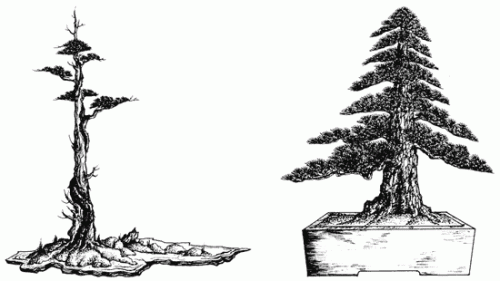
This Goldflame Japanese Spirea (Spiraea japonica ‘Goldflame’) was originally dug from a garden in the UK. It was styled by Harry Harrington. You can view it and numerous other noteworthy bonsai at bonsai4me.com.
One reason we’ve been featuring field growing so much is that the US government restrictions make importing quality stock from Asia somewhere between difficult and impossible (Europe is a whole other story – it’s easy for them to import Asian stock – which helps explain some of the differences between European and North American bonsai). This means that if we are going to develop quality bonsai stock in this country, we need to learn how to grow our own.
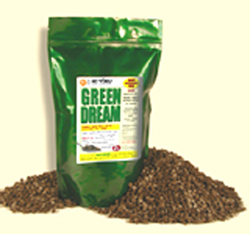
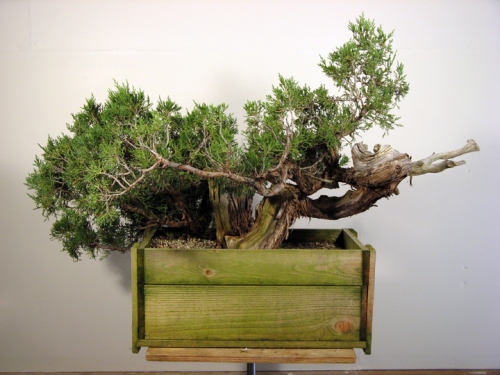
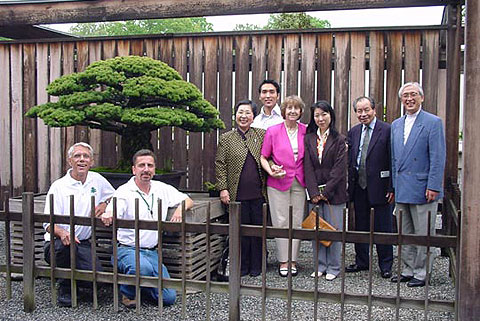
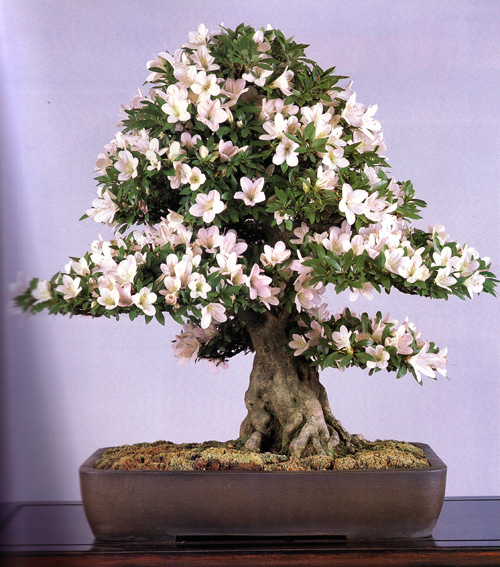
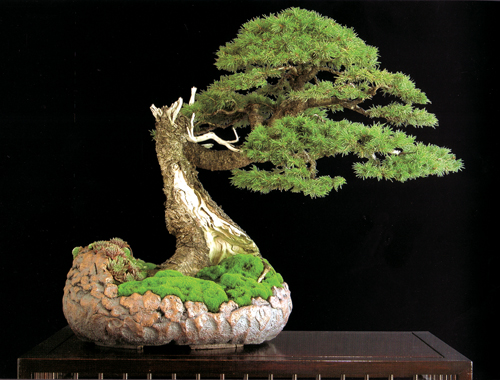 Norway spruce (Picea abies) by Francois Jeker. From his book
Norway spruce (Picea abies) by Francois Jeker. From his book 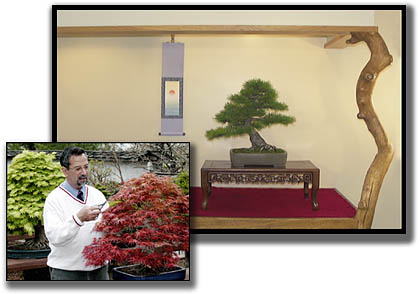
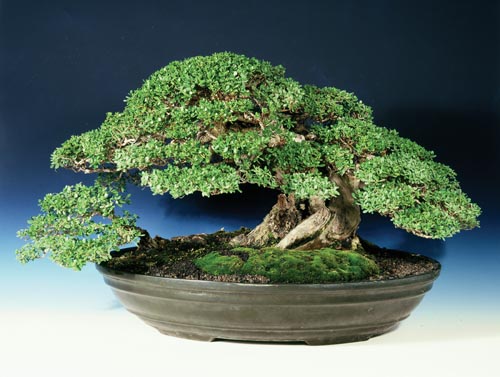 This unique bonsai is a Pemphis acidula by Budi Sulistyo (Budi is the author of
This unique bonsai is a Pemphis acidula by Budi Sulistyo (Budi is the author of 